This year, LEDs Magazine’s parent Endeavor Business Media announced the Resilient Harvests Conference in collaboration with nonprofit consultancy Resource Innovation Institute (RII), writes Carrie Meadows, Managing Editor, LEDs Magazine.
A broadened focus on the policies, programs, and best practices that will support CEA has enabled the conference organizers to pursue an agenda packed with thought leaders, advisors, policymakers, and practitioners who will direct the market toward efficiency, equity, and environmental excellence.
“We’re bringing stakeholders together to communicate, collaborate, and further solidify the uptake of best practices, support market-transformation programs and utility incentives, and further establish quality, data-backed operations that contribute to the AgTech economy in an environmentally conscious way,” RII executive director and conference director Derek Smith explained.
Click here to get your $50 discount via a VerticalFarmDaily promo code.
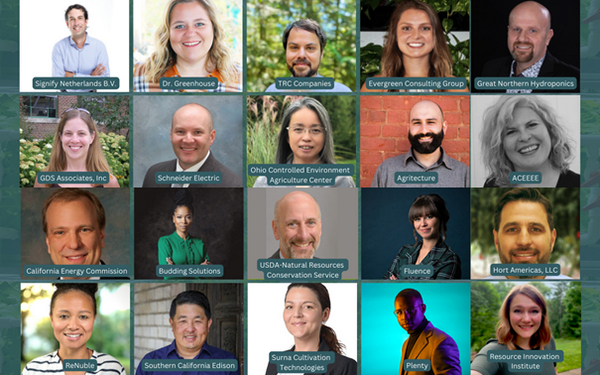 An overview of the speakers at the conference
An overview of the speakers at the conference
Information-driven indoor farming
The Resilient Harvests Conference will open with a data-driven discussion featuring information gathered via its USDA-funded project “Data-driven market transformation for efficient controlled environment agriculture.” RII staff will moderate the conversation with project engineering and operations stakeholders, evaluating energy and water usage across varying climates and crops; comparing indoor/greenhouse farming to other sectors’ resource consumption; and analyzing which technologies and practices resulted in greater resource efficiency.
Across the two days of the conference, keynote speakers will deliver valuable insights on indoor farming from scientific, energy agency, and business consultancy vantage points. Keynote speakers include:
- Professor Chieri Kubota, The Ohio State University’s Ohio Controlled Environment Agriculture Center
- California Energy Commissioner Andrew McAllister
- Budding Solutions founder and CEO Shanita Penny
- U.S. Senator Debbie Stabenow, Chairwoman, Senate Committee on Agriculture, Nutrition & Forestry
The Resilient Harvests Conference program features two days of roundtable and panel discussions that will deliver perspectives on innovation in modern farming; how to manage supply-chain challenges for facilities construction; current techniques for balancing energy consumption, environmental conditions, and water resources; and how CEA operators will reach net-zero objectives with carefully designed facilities that capitalize on renewable energy, microgrids, and resource recapture.
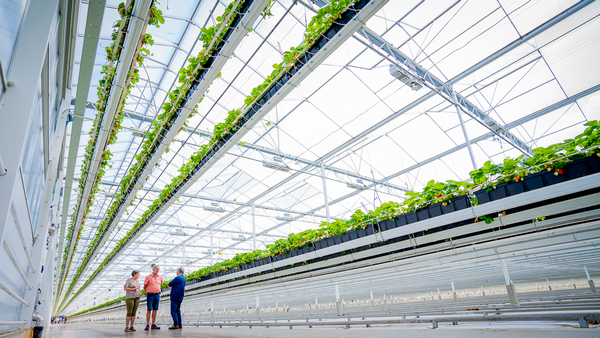
Photo credits: Tim van Etten
Policy and programs bolster best practices
Programs and policies play a pivotal role in the Resilient Harvests Conference and continue to influence evolving CEA best practices. Market expansion and business growth demand that growers understand the financial investment in AgTech, how they can achieve a return on that investment, and how regulations and efficiency standards will impact their ability to qualify for equipment incentives and rebates.
To that end, utility and market transformation programs must be designed to meet the needs of new markets such as CEA, observed Evergreen Consulting Group technical manager Lauren Morlino, who will lead a group discussing best practices in utility and efficiency programs during the event.
With increased resource demands from food producers and cannabis growers come new utility challenges — as well as opportunities. “CEA is full of emerging technologies at the moment,” Morlino told LEDs Magazine, “[including] LEDs, HVAC, dehumidification, automated controls, renewable energy, and vertical farming.
“There is a lot that utilities are trying to learn at once, depending on what is happening in their territory,” she continued, adding that the scale and type of operations in a utility’s region leads them to field many grower questions, including:
- What rebates are available for what types of equipment? Are there different programs for grow lights, HVAC, water pumps, greenhouse coverings, and more?
- If I already purchased equipment, can I qualify for rebates? Should I contact you before purchasing more equipment?
- If I am operating a legal cannabis business in my state, do I qualify for utility rebates?
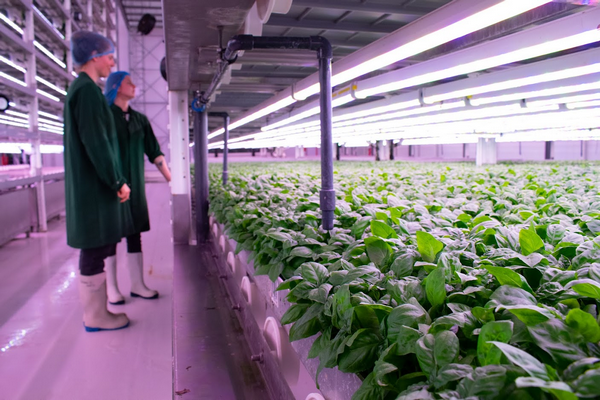
Photo was taken at Jones Food Company's facility by VerticalFarmDaily.com
Morlino also said that growers may ask about residential metering for commercial business out of the home, as well as incentives to reduce overall resource consumption, such as solar energy, fuel switching, demand response, and water savings programs.
Click here to get your $50 discount via a VerticalFarmDaily promo code.
Kyle Lisabeth, vice president of horticulture at Silver Bullet Water Treatment, expanded on the importance of water management strategies in CEA operations. “The CEA industry holds tremendous potential to use water more efficiently and better understand overall water footprint within commercial farms,” he said.
The water-management services provider develops application-focused, clean-water solutions for cultivators, farmers, building managers, and other commercial customers. From that vantage point, Lisabeth educates growers and program developers alike on handling water resources and is prepared to start a conversation on water circularity techniques and technologies at the conference. “Water quality enhancement, precision-based irrigation strategies, and water reclaim opportunities are allowing this industry segment to establish a paradigm shift in how we utilize water to produce agricultural commodities,” he concluded.
Of course, light is also a critical component to crop yields and quality in CEA facilities. DesignLights Consortium horticultural and solid-state lighting technical manager Kasey Holland emphasizes the intersection of all factors in the agricultural facility. “For best practice, growers should also consider how the lighting impacts the overall growing environment, how other inputs (e.g., HVAC/D and curtain controls) may be affected, and how the overall grow process may need to be adjusted” alongside the specific metrics and characteristics of light spectra, photosynthetically active radiation, photosynthetic photon flux distribution, and daily light integral, he said.
Organizations like the DLC help growers manage expectations with regard to LED-based lighting options by developing technical requirements that products must meet in order to be included in the Horticultural Qualified Products List. For example, Holland said, “Thresholds … cover a wide range of performance criteria, including efficacy, for reduced operating cost and energy savings over the best non-LED option; flux maintenance, for minimal decrease in light output performance over time; UL 8800 safety certifications, confirming products are appropriate for horticultural environments; and more.”
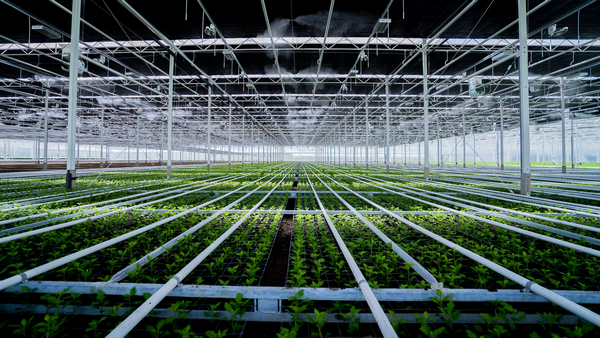
Photo credits: Tim van Etten
The QPL is often referenced by energy-efficiency programs for rebate and incentive eligibility which “help buy down the cost of the LED lights for the growers,” he explained, circling back to the notion that straightforward policies and clearly defined programs can help growers proactively tackle their cost challenges in addition to selecting the optimal equipment for implementation.
Click here to get your $50 discount via a VerticalFarmDaily promo code.
Offsite tours round out operator's perspective
This represents a limited selection of the themes and topics that Resilient Harvests Conference speakers will address. In addition to the active discussion opportunities on November 1–2, and on Thursday, November 3, optional offsite tours will give an inside look at how California growers work toward achieving their sustainability objectives, expansion in urban environments, and workforce development.
Tours of Local Bounti’s produce greenhouse and Glass House’s cannabis vertical farm will be combined into one trip to Carpinteria, Calif. Indoor grower Plenty will offer a tour of its Compton, Calif. vertical farming operation packaged with community leadership discussion of workforce development and support in the local urban area.
The Resilient Harvests Conference will take place in Long Beach, Calif., from November 1–2, 2022, with optional site tours available on November 3.
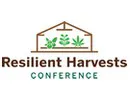 For more information:
For more information:
Mitchell Levin, Event marketing manager
mlevin@endeavorb2b.com
Resilient Harvest Conference
www.resilientharvestsconference.com/2022

LEDs Magazine
www.ledsmagazine.com
For more information:
Resource Innovation Center
www.resourceinnovation.org
Side note: This content has been supplied by LEDs Magazine, a media partner of the Resilient Harvests Conference, organized by parent company Endeavor Business Media in collaboration with Resource Innovation Institute.
